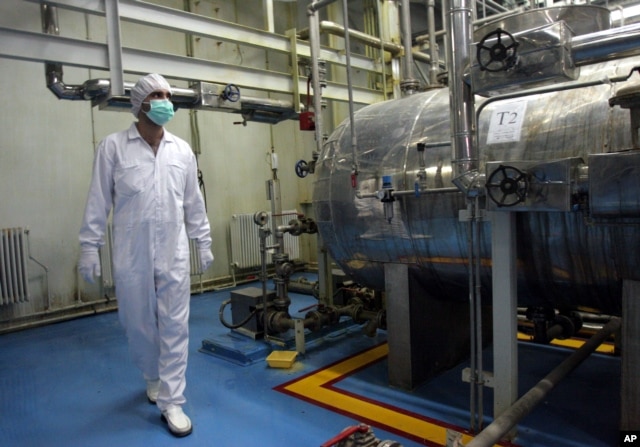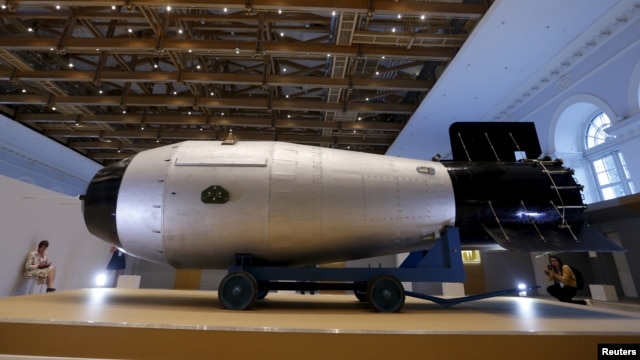There are still approximately 2,000 American and Russian nuclear missiles poised to be launched on warning at a moments notice. This is potentially very dangerous as former Vice Chairman of the Joint Chiefs of Staff, Retired General James Cartwright argues,
The Risk of Hair-Trigger Nuclear Alert
The Risk of Hair-Trigger Nuclear Alert



